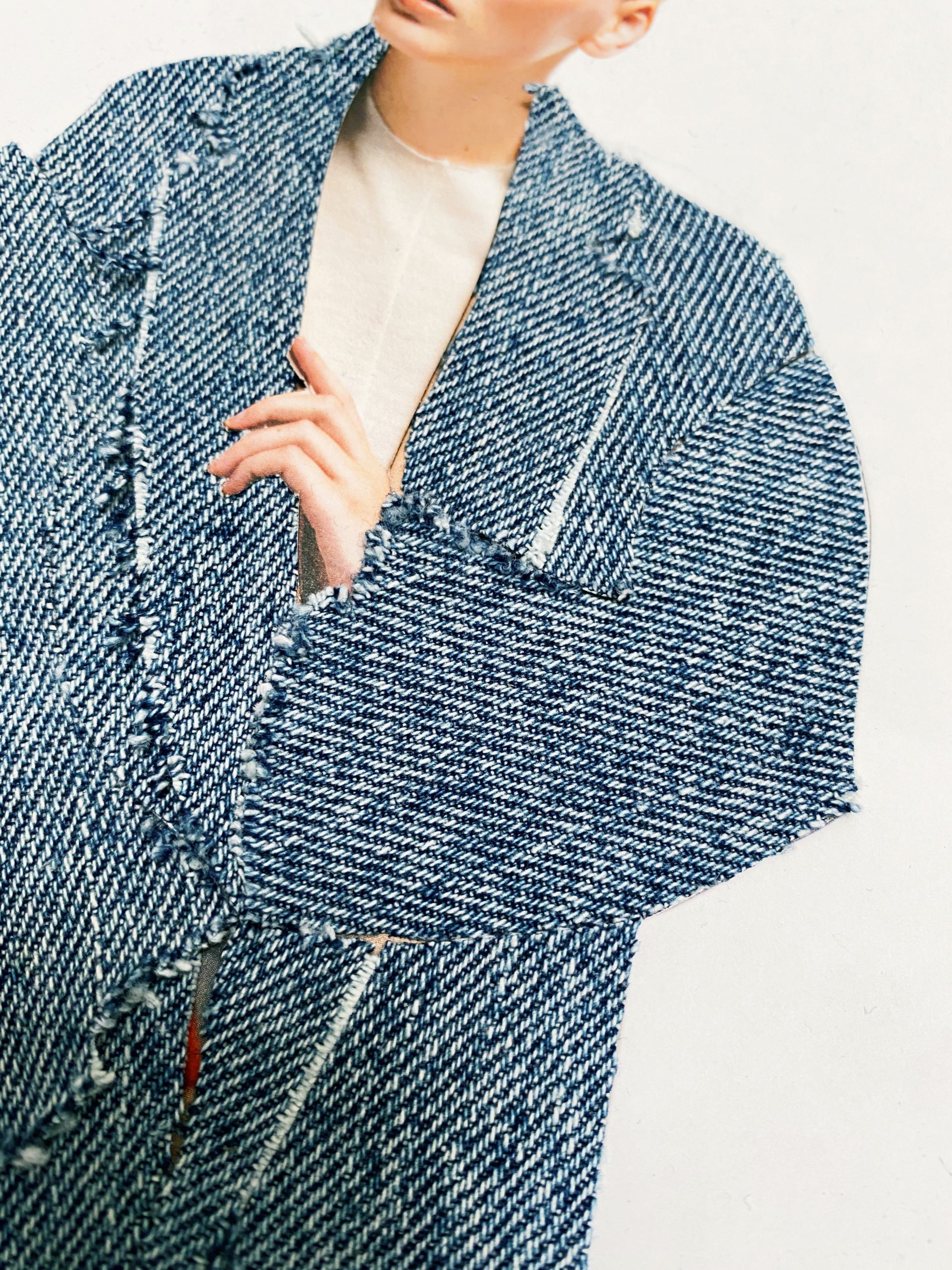“Less, but better” ~Greg McGeown
Today’s post is for anybody who wants to have a guide on folding clothes. Over the years, I found that most garments want to be folded in drawers. I tell a bit about that journey in the previous blog post. One of my best friends loves how these drawers look, and she calls them Candy Drawers, as all the garments are neatly folded and are a pleasure to browse through. Today, I will show you how to create these.
Organize & folding clothes
When you open or enter your closet, you should feel inspired. A clutter-free closet is divided into categories and organized by color, where everything has a permanent place to live. Most clutter happens when it’s unclear where things belong and when things don’t make sense. In the last post, I talked you through how best to organize your closet space. Today, we’re folding your clothes.
I believe we transfer energy when we hold our garments
Dialogue with your clothes
After decluttering your wardrobe, you have kept all the items that you love, and those you need. Now it’s time to give attention to all the garments of value and meaning before they go back into the closet. I believe we transfer energy when we hold our garments, and handling the garments gives us a chance to be in touch with all senses.
You basically start a dialogue with the item – you feel the fabric, some memories may arise, the item has a certain scent of laundry detergent or your perfume, you can see if there is a hole, a spot, etc. You show a certain appreciation and respect for the garment and its connection to you.
Folding clothes
Usually, folded clothes are stacked on top of each other. This often creates 2 situations:
- You grab the top item of the stack because you cannot be bothered taking the whole pile out to see what is under. This often happens when you’re in a hurry.
- You grab an item in the middle of the stack, but some (if not all) of the other garments come along. You push those back, the stack becomes wobbly, and it looks like a mess.
Sounds familiar?
Candy Drawer
In a Candy Drawer, the garments are folded in a specific way which is now hyped as the KonMari method, but it exists for much longer. The main idea behind this folding technique is that you try to create rectangular shapes to create a tight little package. Rather than piling clothes on top of each other so that only the top piece is visible, the garments lay back-to-back in a single layer from the front of the drawer to the back, leaving all the items visible. Think of it as an archive drawer; you can just slide right through your options.
Categories
Candy Drawers are great for the following categories: underwear, socks, sportswear, tops (sleeveless, T-Shirts), pants (jeans & cotton), shorts, sweaters, and knitwear (jumpers). The categories stay together in a row, but most likely you will have two (or more) categories in one drawer. The category that you wear or need most often should be stored in the drawers that are easiest to reach. I often think in order of layering: in the top drawer I keep underwear, socks, and sportswear, in the second drawer I keep tops, and in the bottom drawer are pants and shorts.
When you have a top drawer for underwear and socks, it can be useful to purchase or create small boxes within that drawer. Those can be shoe boxes, and otherwise, rattan or felt boxes are widely available in a variety of price ranges.
Rainbow of shades and colors
In the last blog post, I talked about creating a rainbow of shades and colors. We don’t have to do that in our Candy Drawers since things are constantly moving. Because it’s all folded in the same way, it will look clean and organized. When items are washed, add the garments to the back of the row, to wear all the items equally.

What if you don’t have any drawers?
It can be that your closet has shelves but no drawers. Fear not. You can still keep the same folding technique. When the shelves are at an easy-to-reach height, your clothes are folded as little packages on the shelf. The whole idea of Candy Drawers is that you can browse through like an archive drawer. When you implement the same idea on a shelf, you want to have a good visual of your clothing. If this is not the case and the shelves are quite high, you can look into purchasing or creating some boxes which you can slide off the shelf. Those boxes will imitate a drawer.
Shelves
When I lived in Beijing for a few years, the apartment came furnished and it didn’t have the ideal closet. I had mostly shelves, and the drawers that the closet did have were too shallow. I’d considered purchasing a drawer cabinet, but it would have taken up space in the bedroom, and still left space in the closet. So, I created a Candy Shelf by using the same folding techniques as for a drawer and having the garments lined up on the shelf.


Now get to work! I created a template for folding T-shirts and Jeans for the Candy Drawers (or Candy Shelf) to help get you started. Every time you open your closet doors or drawers, you see all your garments of value organized in a way that shows your appreciation for the item. And this goes for every category – even underwear!
How did you create your Candy Drawers? Do they live in a box, shelf, or drawer?
Thank you for reading.
We’re in this together.
~





